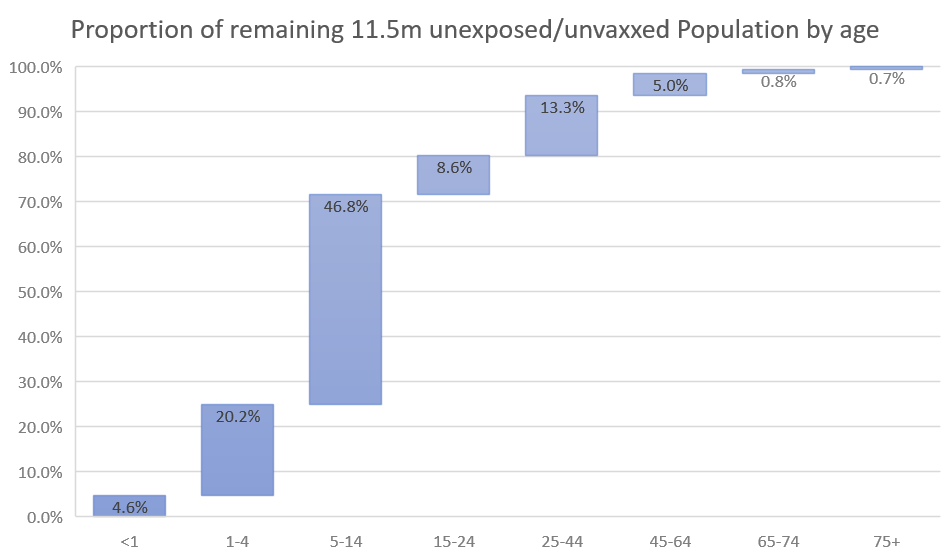
🧵 of 🧵's I found useful to understand B.1.1.529 (Nu) today. From actual subject matter experts or data journalists.
1/5
1/5
Tulio de Oliveira, the director of the Centre for Epidemic Response and Innovation in South Africa.
On the rapidly changing situation in SA and sequencing.
2/5
On the rapidly changing situation in SA and sequencing.
2/5
https://twitter.com/Tuliodna/status/1463911577544011780
Jeffrey Barrett lead of Covid-19 genomics initiative @sangerinstitute
On the multitude of molecular effects of genomic sequence changes.
3/5
On the multitude of molecular effects of genomic sequence changes.
3/5
https://twitter.com/jcbarret/status/1463975708770897923
The Bloom lab, who study viral evolution.
On potential effects for various antibody binding targets from the mutations.
4/5
On potential effects for various antibody binding targets from the mutations.
4/5
https://twitter.com/jbloom_lab/status/1464005676842184705
the @FTs brilliant data journalist John Burn-Murdoch, who always manages to distil the most important facts and trends.
https://twitter.com/jburnmurdoch/status/1463956686075580421
• • •
Missing some Tweet in this thread? You can try to
force a refresh












